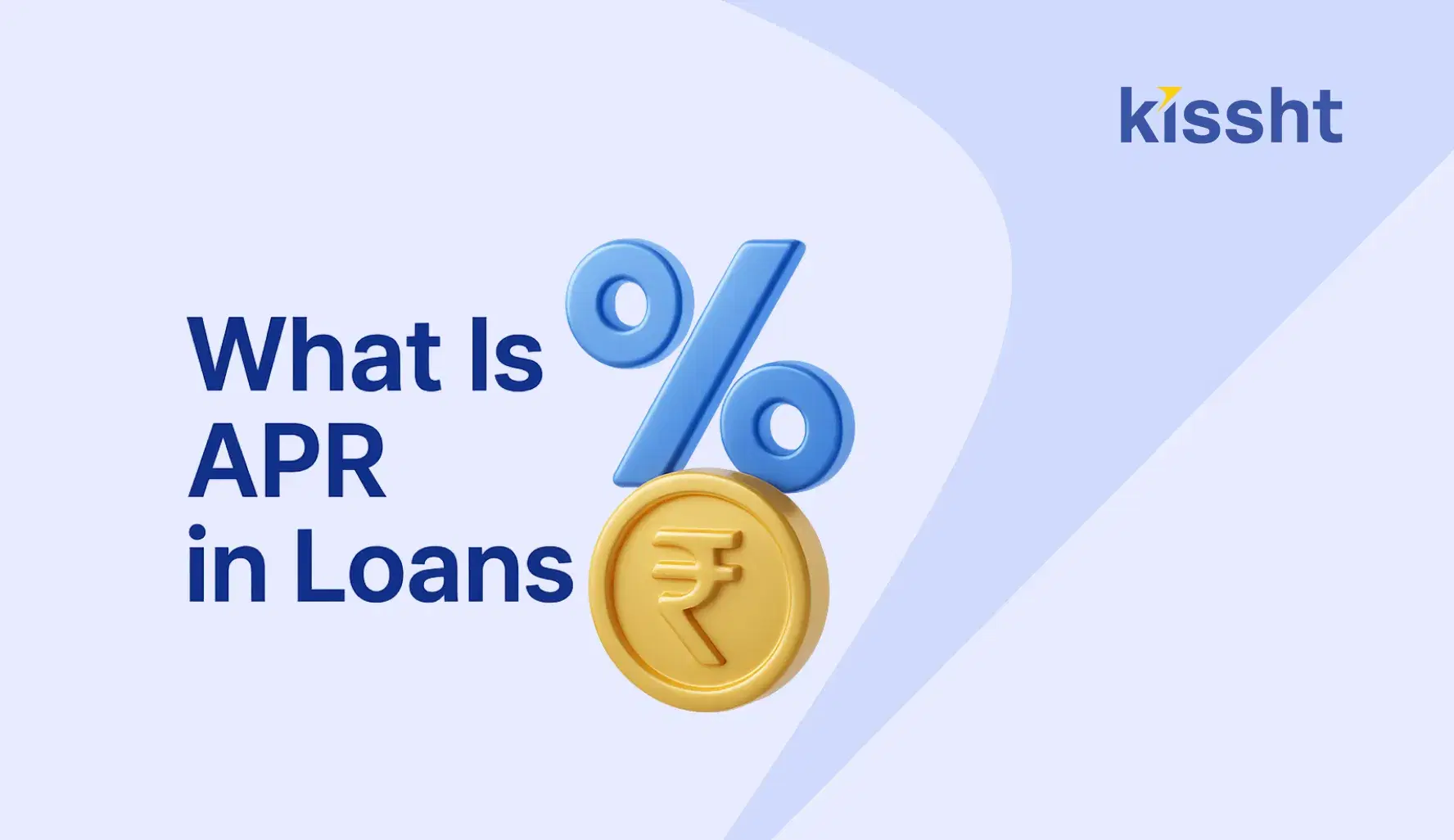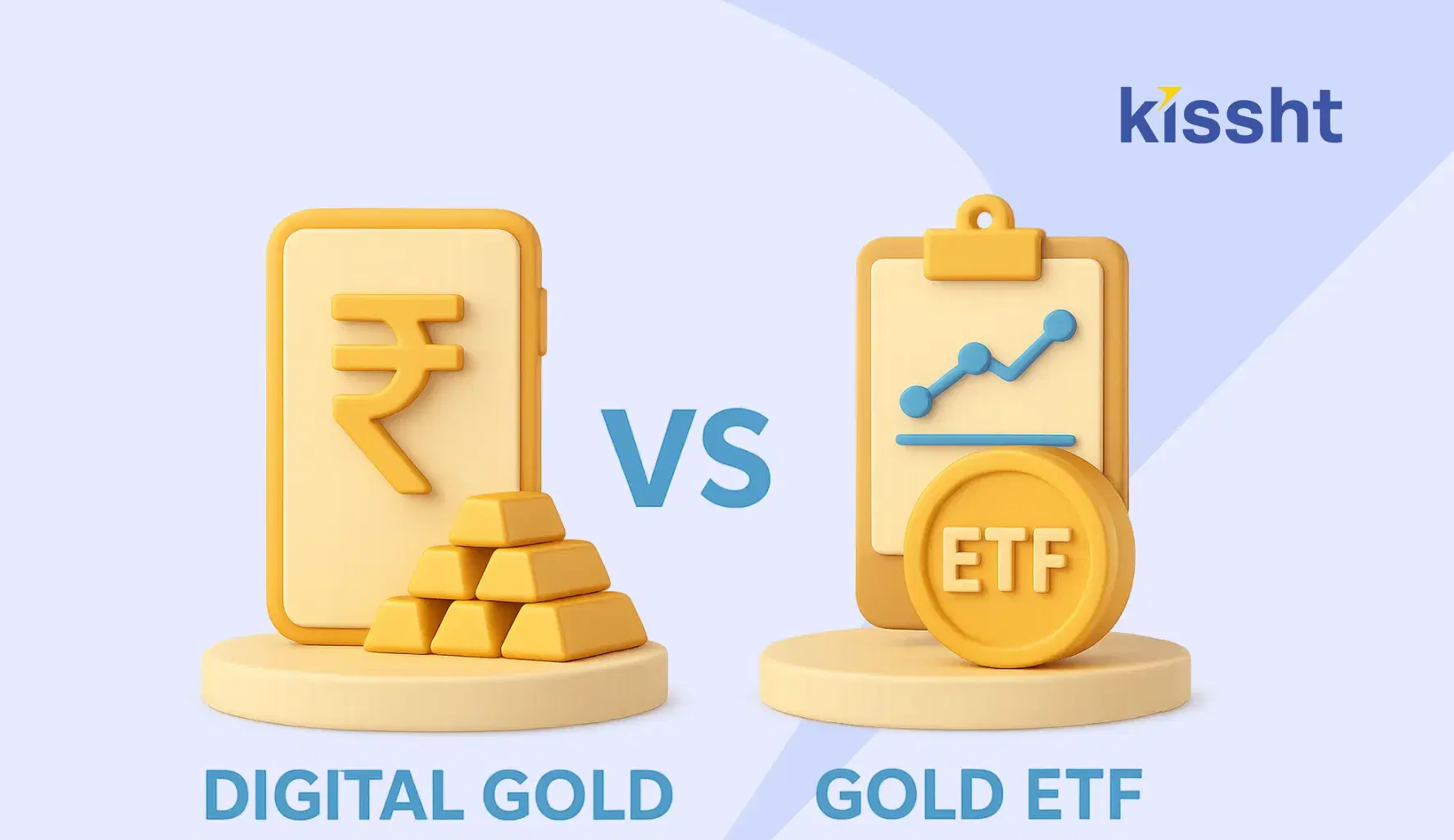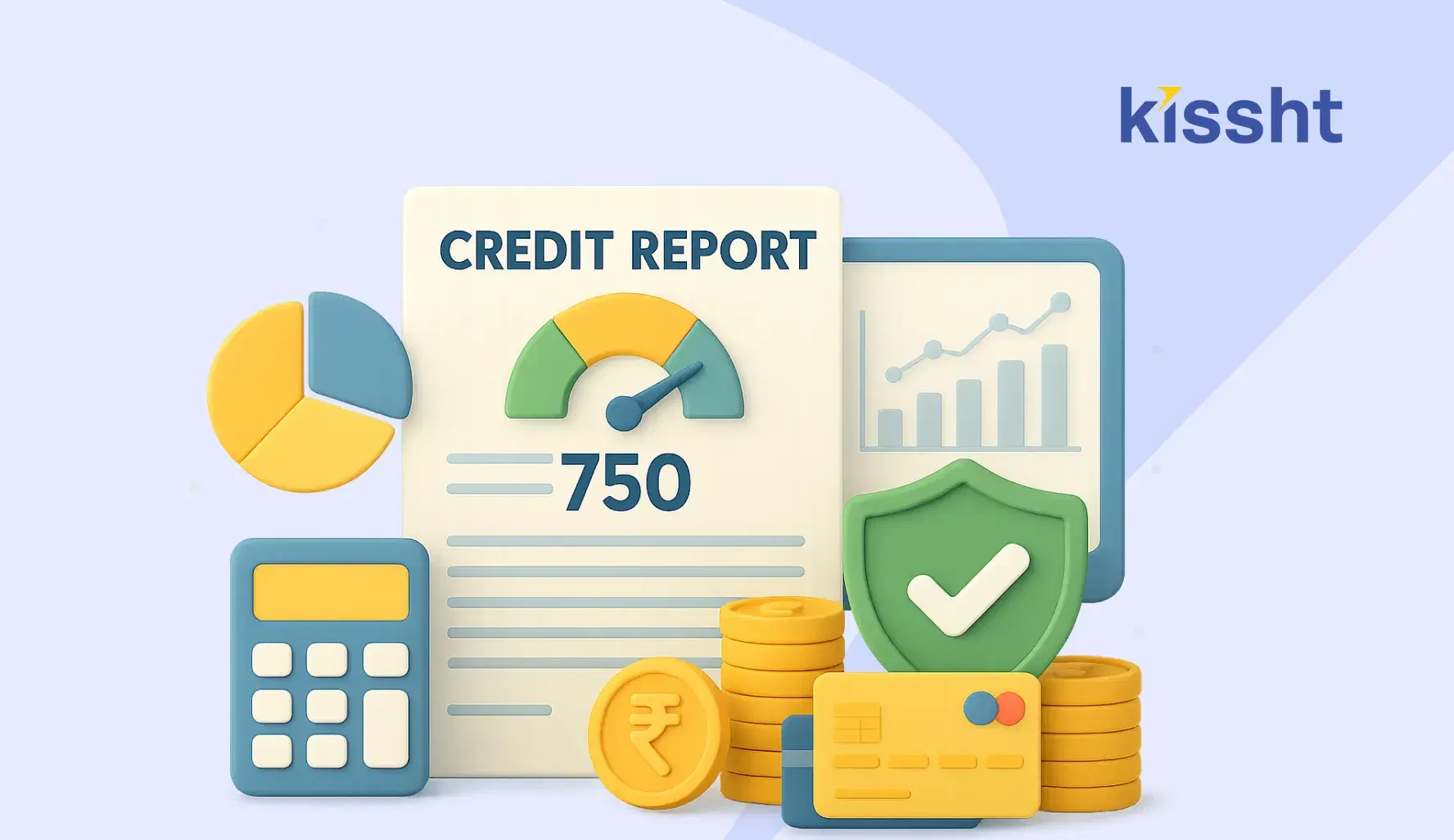What Is APR in Loans and Why It Matters for Your Finances

Borrowing money is often necessary when buying a house, funding higher education, starting a business, or managing unexpected expenses. While comparing different loans, people tend to look at the interest rate alone. However, a more accurate measure of the cost of borrowing is the annual percentage rate or APR. Understanding this figure helps you make better financial decisions and ensures you do not underestimate the actual cost of your loan.
This article explores what APR is, how it is calculated, why it matters, and how you can use this knowledge to make informed choices when dealing with lenders.
APR Full Form and Meaning
The APR full form is Annual Percentage Rate. Simply put, APR represents the yearly cost of borrowing money, including not just the interest rate but also additional charges such as processing fees, service charges, or insurance premiums tied to the loan.
When people ask what APR is on a loan, they are essentially asking for the actual expense of borrowing, which is expressed as a yearly percentage. This makes APR a more comprehensive indicator than the nominal interest rate alone.
APR Meaning in Simple Terms
To understand APR meaning, think of it as the all-inclusive price tag for your loan. If two lenders are offering loans with the same interest rate but one charges higher processing fees, its APR will be higher. This allows borrowers to compare offers more accurately.
Why APR Is Important
APR is more than a number printed in your loan documents. It directly impacts your repayment plan and your overall financial health. Here are some reasons why knowing what is annual percentage rate matters:
-
True Cost of Borrowing: Interest rate alone does not reflect hidden charges. APR shows the complete cost.
-
Better Comparisons: Borrowers can compare loans from different lenders, even if their interest rates look similar.
-
Informed Decisions: Understanding what APR is ensures you borrow responsibly and avoid financial strain.
-
Transparency: It prevents lenders from disguising expensive loans behind seemingly low interest rates.
What Is APR on a Loan vs. What Is Annual Interest Rate
Many borrowers confuse the annual interest rate with APR. While both are percentages that describe the cost of borrowing, they are not the same.
-
Annual Interest Rate: Refers only to the interest charged on the principal amount.
-
Annual Percentage Rate (APR): Includes the interest rate plus other fees and costs.
This difference is why financial experts emphasize checking the APR instead of focusing only on the stated interest rate.
Here is a table that explains the differences between the interest rate and annual percentage rate in detail.
| Feature | Interest Rate | Annual Percentage Rate (APR) |
|---|---|---|
| Definition | The expense associated with borrowing funds, shown as a percentage of the principal. | The total yearly cost of borrowing, including the interest rate plus additional fees and charges. |
| Scope | Covers only the interest charged on the loan. | Covers interest along with processing fees, service charges, insurance premiums, and other costs. |
| Transparency | May appear cheaper at first glance but does not show the full cost. | Provides a complete picture of the actual cost of the loan. |
| Comparison Tool | Useful but limited when comparing loan offers. | Best metric for comparing different lenders and understanding the true borrowing cost. |
| Usage | Commonly advertised by banks and lenders. | Required to be disclosed by lenders to ensure transparency. |
APR Full Form in Banking
Within the banking sector, the APR full form is the same: Annual Percentage Rate. Banks are required to disclose this rate to ensure transparency and allow customers to compare different lending products such as credit cards, loans against property, and personal loans.
For instance, a credit card might advertise a low monthly interest rate, but once converted into APR, it may reveal a much higher yearly cost due to added charges.
Annual Percentage Rate Formula
The annual percentage rate formula merges the interest rate with any extra charges into a yearly cost percentage. While exact calculations vary depending on the lender, the simplified APR formula looks like this:
APR = [{(Total Interest + Total Fees) / Principal Amount} / Number of Days in Loan Term] x 365 x 100
This formula gives borrowers a clearer picture of what they will actually pay over the life of the loan.
How to Calculate Annual Percentage Rate
Learning how to calculate annual percentage rate is useful when comparing loan offers. Let’s take an example:
- Loan Amount: ₹5,00,000
- Interest Rate: 10 percent per year
- Processing Fee: ₹5,000
- Tenure: 1 year
Using the annual percentage rate formula, the APR would be slightly higher than 10 percent once the fee is included. This shows how a small fee can increase the cost of borrowing.
By knowing APR meaning and doing the calculation, borrowers avoid surprises during repayment.
APR in Different Types of Loans
Annual Percentage Rate varies depending on the type of loan you choose.
-
Home Loans: Usually come with lower APRs because of longer tenures and secured collateral.
-
Personal Loans: APRs are higher since these loans are often unsecured. A good loan provider may still offer competitive rates if you have a strong credit score.
-
Credit Cards: Carry some of the highest annual percentage rates due to compounding and multiple fees.
-
Loans from Digital Platforms: Borrowers using an instant loan app or applying for an instant loan online must carefully check the APR, as convenience sometimes comes with higher charges.
Factors Affecting APR
Several elements determine the APR offered to you:
-
Credit Score: A strong credit history often results in a lower APR.
-
Loan Tenure: Shorter tenures can sometimes mean higher APRs due to processing fees being spread over less time.
-
Type of Loan: Secured loans usually carry lower APRs compared to unsecured ones.
-
Market Conditions: Lending rates can change based on inflation, repo rates, and regulatory guidelines.
Why Comparing APR Is Crucial
If you only compare the interest rates offered by different lenders, you might assume they cost the same. However, when you compare the APRs, the differences become clear. For example, one loan may have a 9 percent interest rate and another may also have 9 percent, but if the second lender adds a hefty processing fee, the APR could be much higher.
Borrowers should always compare APRs from multiple lenders before finalizing a loan. This ensures that the loan provider you choose is offering a fair deal.
Using Digital Tools to Check APR
Financial planning is easier today with the help of calculators and online tools. Many lenders provide APR calculators on their websites. These tools are similar to EMI calculators but focus on giving you the APR meaning in real numbers.
Borrowers applying through an instant loan app can often see the APR displayed before confirming the loan. This transparency allows you to evaluate if the convenience of instant loan online is worth the cost.
Practical Tips for Borrowers
-
Always ask for the APR, not just the interest rate.
-
Compare at least three lenders before choosing a loan.
-
Use an online calculator to estimate the total repayment cost.
-
Factor in hidden charges like prepayment penalties or service fees.
-
Ensure your repayment capacity matches the EMI schedule.
Final Thoughts
Borrowers often focus only on the interest rate, but ignoring APR can lead to costly mistakes. By learning what APR is, how it is calculated, and why it matters, you gain clarity on the actual cost of borrowing. Whether you are comparing credit cards, mortgages, or personal loans, knowing the APR full form and using the APR formula allows you to make better financial choices.
When choosing a loan provider, remember that transparency is key. Always look at the annual percentage rate to decide which loan best suits your financial needs.
FAQs
1. What is APR in simple terms?
APR is the total yearly cost of borrowing money, including both interest and additional fees.
2. How is APR different from interest rate?
The interest rate only shows the cost of borrowing the principal, while APR includes other charges, making it a more accurate measure.
3. What is the APR full form?
The APR full form is Annual Percentage Rate, and it must be disclosed by lenders to maintain transparency.
4. How do I calculate APR on a loan?
You can use the annual percentage rate formula or an online calculator. The calculation includes both interest and fees spread across the loan tenure.
5. Is APR relevant for instant loans?
Yes, whether you borrow through an instant loan app or apply for an instant loan online, APR helps you understand the real cost before committing.

Instant Loans at Your Fingertips
Personal Loan
Fast, hassle-free loan for your personal needs.

Business Loan
Fuel your business growth with quick approvals.

Loan Against Property
Unlock your property’s value with ease.

Credit Pulse
Boost your credit score with smart insights.

Track your credit score
Simply enter your mobile number to get a quick overview of your credit score.
Check Now
Related articles

Nov 28, 2025
10 Common Online Fraud Tricks Used to Steal Your Hard-Earned Money

Nov 24, 2025
Best Home Renovation Ideas for Small Houses in India

Nov 19, 2025
Best Places to Visit in India in December with Family

Nov 14, 2025
Pradhan Mantri Awas Yojana Gramin List

Nov14, 2025
What are the Documents Required to Apply for a PAN Card

Nov 14, 2025
Types of Passports in India – Eligibility and Application Process

Nov 14, 2025
How to Link Aadhaar with Bank Account - Online and Offline Process

Oct 28, 2025
Digital Gold vs Gold ETF: Key Differences and Which is Better for You

Oct 30, 2025
List of Credit Bureaus in India

Oct 30, 2025
How to Choose the Best Wedding Planner for Your Budget

Oct 28, 2025
Best Places to Visit in December in India

Oct 20, 2025
